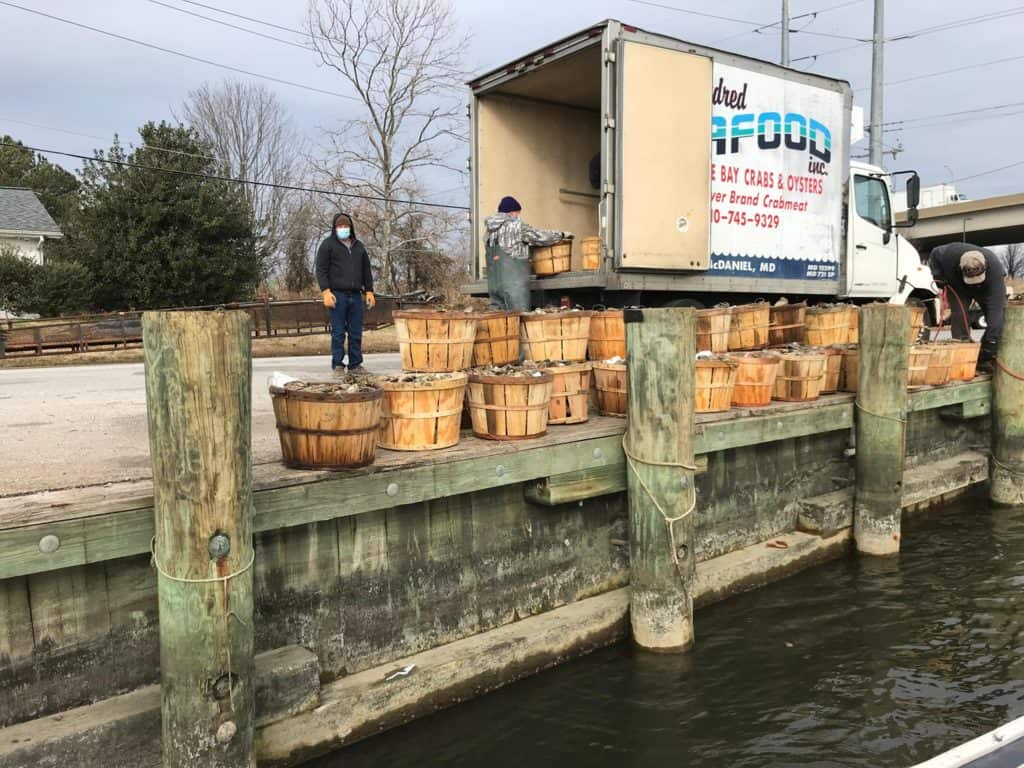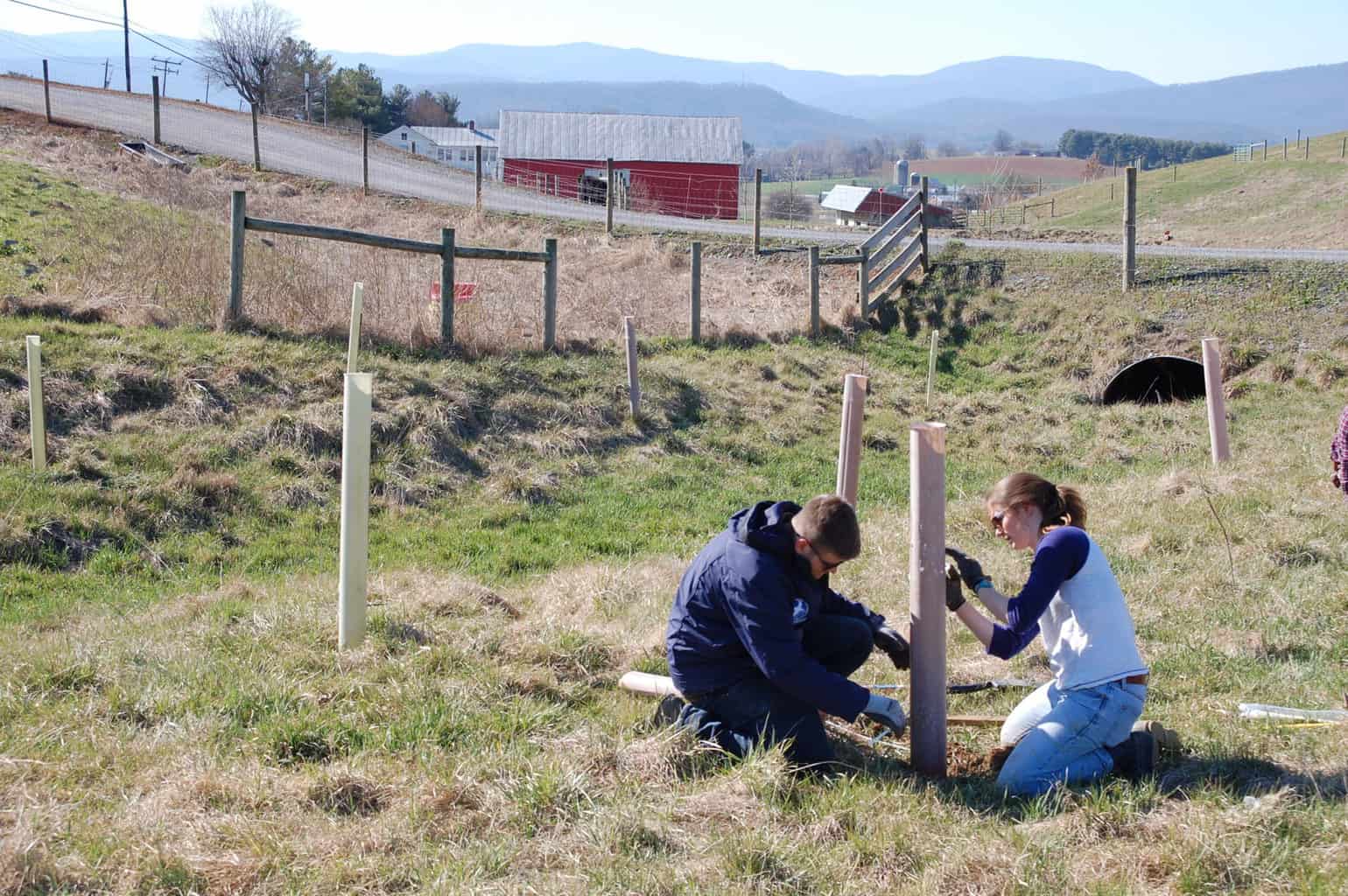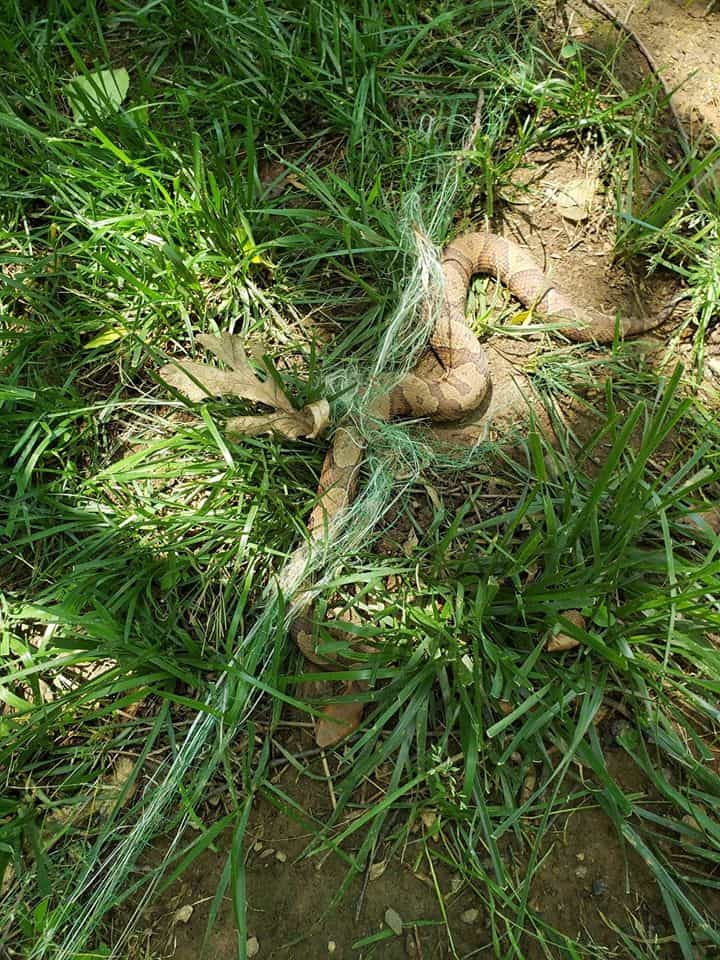COVID-19 threw a monkey wrench into the business models of many oyster farmers when it closed most of the raw bars that are the farmers’ primary customers.
Now, however, The Nature Conservancy, the Pew Charitable Trusts, and an anonymous donor have found a way to support them and help restore coastal waters at the same time.
Over the next two years, the partners’ new Supporting Oyster Aquaculture and Restoration (SOAR) initiative is offering $2 million to oyster farmers to buy 5 million oysters that have grown too large (3–4”) for the half-shell trade, languishing on farms because of the pandemic-caused lack of demand.
The project is helping preserve critical coastal jobs in Maine, New Hampshire, Massachusetts, New York, New Jersey, Maryland, and Washington State (where Olympia oysters grow). SOAR’s big oysters will help stock existing restoration reefs.
The program began in Maine and New Hampshire in December, working its way south to begin in Maryland last week under The Nature Conservancy’s Chesapeake Bay program office. With cooperation from the Maryland Department of Natural Resources on reef locations, Oyster Recovery Partnership (ORP) is handling verification (counting, measuring, and making sure the oysters are alive), logistics (arranging watermen and boats for planting), and record keeping (including GPS tracks of planting location onto the reefs).
The sites in Maryland include sanctuaries in Eastern Bay, the St. Mary’s River, and the Nanticoke River. Last week’s planting included more than 200 bushels of large (2.5-4”) oysters raised by five local growers, three using off-bottom systems and two on-bottom culture. They brought their oysters in baskets to Kent Narrows on Tuesday and Thursday. ORP staff and volunteers loaded them onto the deadrise Sentimental Lady for planting onto the Prospect Bay sanctuary.
More than half were diploid (fertile), adding diversity to the sanctuary’s brood stock and gene pool. The rest were large triploids, which, though they cannot reproduce, will add significant filtering capacity to their reefs, along with robust shells for more reef critters to grow on.
On Tuesday, the team planted 235 bushels from three Southern Maryland growers onto the St. Mary’s sanctuary from Poppa Francis, a 65’ buyboat built by the legendary Francis Goddard. They will assemble again Thursday at Piney Point so Poppa Francis can make another run to the St. Mary’s sanctuary.
Next week, The Nature Conservancy and ORP will meet 10 lower Eastern Shore growers, watermen, and a workboat at Bivalve Harbor to plant the Nanticoke sanctuary’s reefs.
Looking down the road, the funding for SOAR includes support for monitoring these plantings in twelve months’ time to assess survival.
The Nature Conservancy believes that, while building more sanctuary reefs is crucial to restoring the Chesapeake’s health and productivity, “data [from a recent joint study with the Virginia Institute of Marine Science and four VA growers] indicate that the oyster aquaculture industry can help to restore water quality in our rivers and bays. For every 100,000 oysters
grown and harvested annually, six pounds of nitrogen and phosphorus pollution are removed from the Bay. Oyster farms may also reduce wave energy and help protect vulnerable shorelines. As oyster aquaculture grows, so will the food and water quality benefits to the Chesapeake Bay.”
-John Page Williams




